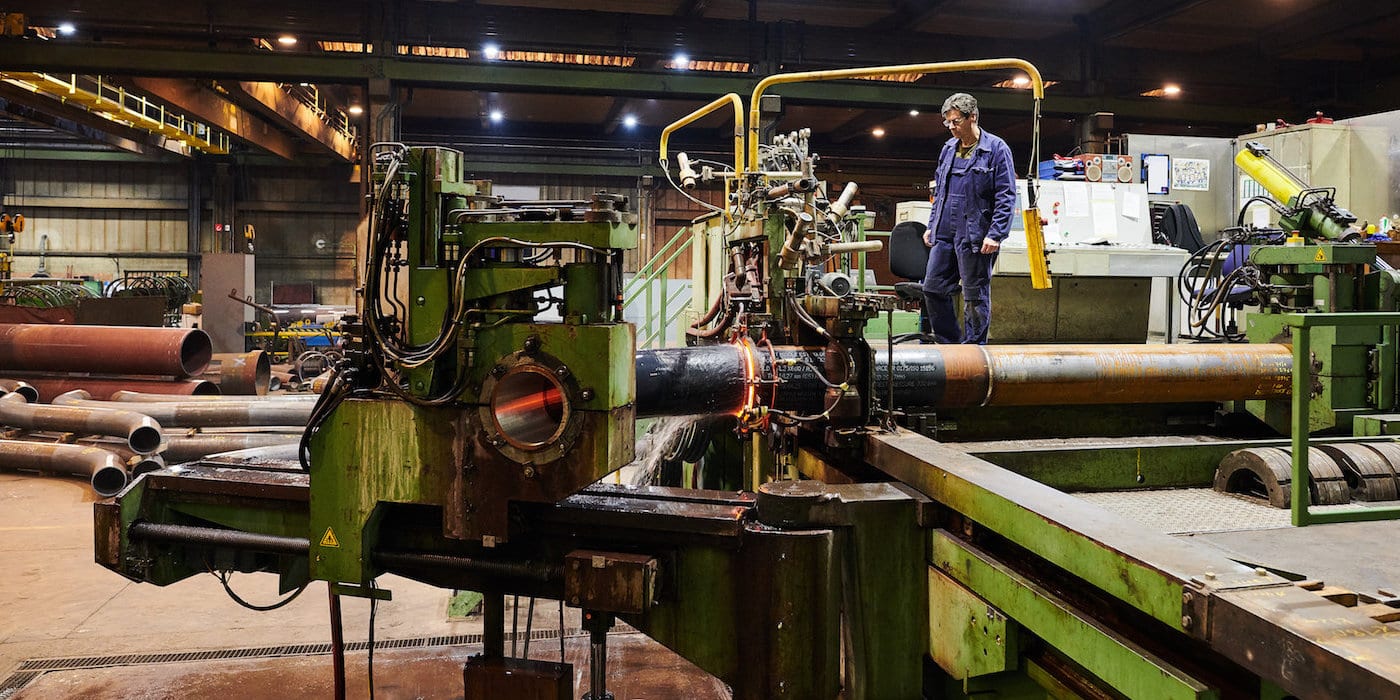
The first steps of Emirati firm NPCC towards lean thinking
INTERVIEW – We speak with the National Petroleum Construction Company in the Emirates, learning how improving one of their critical processes is boosting the spread of lean thinking across the business.
Interviewee: Monga T. Krishen, Senior Project Engineering Manager, NPCC
Planet Lean: Tell us about the National Petroleum Construction Company.
Monga Krishen: The National Petroleum Construction Company is an Engineering, Procurement and Construction company based in Abu Dhabi. We serve the onshore and offshore oil and gas sector across the Gulf region and India. We think of ourselves as a one-stop-shop for the EPC needs of the hydrocarbon industry. We employ around 14,000 people and have an off-shore fleet of 22 vessels, as well as a 1.3 million-square-meter fabrication facility.
PL: When did lean first appear at NPCC?
MK: In 2013, NPCC launched an 18-month Leadership Development Program for selected managers across the company, comprising of nine modules followed by a capstone project. One of the Capstone Projects proposed was “Operational Excellence through the implementation of Lean”, of which I was the Team Leader. As a part of the project we introduced the concept of lean and explained the application of the methodology globally across different industries. We also discussed its relevance to NPCC, identifying the value steams within the company that contribute to the final product that we deliver to our customers. Two case studies specific to NPCC were also included, before we presented the project to the management team in April 2015.
It was well received by our top leaders, who subsequently tasked a team with implementing lean thinking at NPCC.
PL: What was the first thing you did at that point?
MK: The first step was to create awareness about lean across the company. We started in February 2016 with a workshop for management and the implementation team, which mainly focused on the hands-on explanation of lean principles. This was followed by a workshop for managers across the business, introducing lean concepts and techniques such as VSM. We now have 35 people who have been introduced to lean principles and are now well equipped to spread the word across the different areas of the business.
Because we don’t operate in a mass production environment (each hydrocarbon processing plant we service or assemble is different, with unique customer requirements and specifications), we had to think of ways to make lean concepts relevant to our work and ensure they made sense to our people.
One of the first things we noticed was that the production of piping happened randomly, depending on whether drawings and materials were available. This resulted in an unbalanced work flow across the value stream, with a consequent build-up of inventory at various stages of the process. We introduced the revolutionary principle of pull to assign priorities based on customer demand and make the work flow through the system based on those priorities. The piping value stream has quickly showed improvements, as lean awareness spread across NPCC, which encourages us to try and replicate the same success in other value streams.
PL: What were the main obstacles you encountered in trying to introduce lean thinking in the organization?
MK: The main obstacle was resistance to change, particularly because of the unique nature of our work (with strict specifications and a lot of variables). It took some time to make people appreciate that lean is applicable to our work environment as much as it is to a traditional manufacturing operation.
We are now working hard to move from a departmental view to a more holistic perspective on our improvement efforts, as we understand that the better we can connect the dots and adopt a systemic approach the bigger the impact will be. Value stream mapping has played a key role in giving us the “big picture”, helping us to identify waste and inefficiencies across different departments.
PL: Would you say the culture is changing following these initial experiments?
MK: Absolutely. As people understand that lean can also be applied to our work – albeit with some adaptation to make its concepts more meaningful to us – the way our people think about their work is gradually changing.
THE AUTHOR

Read more


FEATURE – This Dutch company decided to start its lean journey by involving its suppliers in the improvement work. We hear from both customer and supplier.


INTERVIEW – Overburdened and worn out? Visualizing your tasks using Personal Kanban can help you make sense of a busy schedule and reduce your stress, says Jim Benson.



WOMACK'S YOKOTEN – In our lean journeys we spend so much time on improvement (kaizen) and innovation (kaikaku) that we often forget to address the issue of how to maintain our gains. Do you know iji? Perhaps you should.


FEATURE - The author looks back at his many years with Toyota and shares some of the key lessons he learned along the way. What a unique company!

